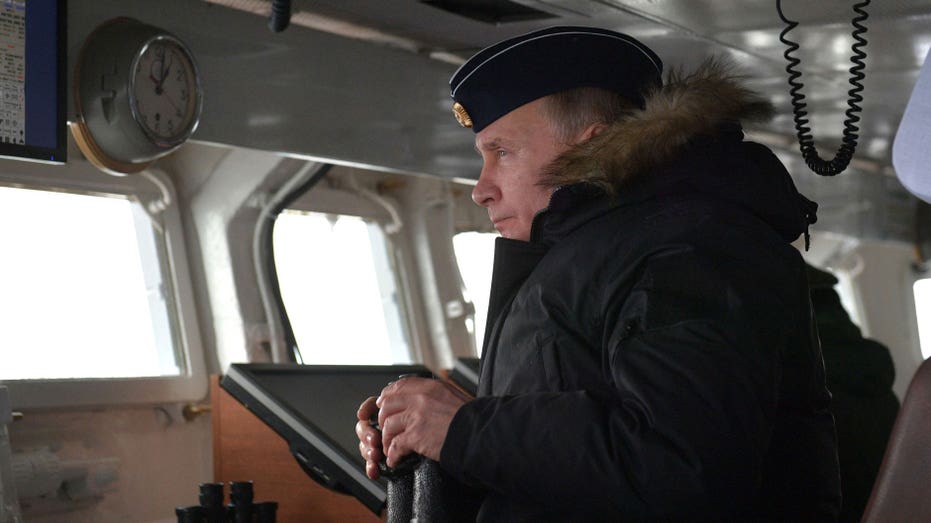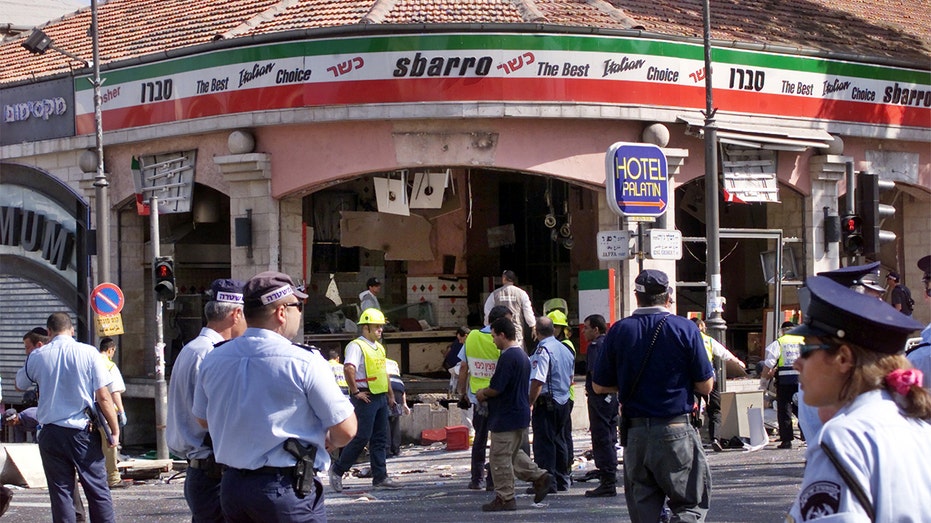NATO War Games in Baltic Sea Counter Russia's Ghost Fleet Threat

Sarah Johnson
June 8, 2025
Brief
NATO launches major war games in the Baltic Sea amid rising tensions with Russia's ghost fleet and naval escorts, risking escalation in a volatile region.
In a bold display of maritime muscle, NATO navies are currently conducting extensive war games in the Baltic Sea, involving 17 countries and 50 vessels under the leadership of the U.S. Navy's 6th Fleet. This exercise, dubbed BALTOPS, isn't just a routine drill—it's a powerful statement of unity and strength at a time when tensions with Russia are simmering hotter than a summer barbecue.
With Russia being the only non-NATO nation bordering the Baltic Sea, the region has become a geopolitical hotspot. Moscow's influence is increasingly troubling, especially with incidents like severed undersea cables raising eyebrows. Fingers are pointing at Russia's shadowy 'ghost fleet'—a ragtag armada of aging oil tankers and vessels flying foreign flags to dodge Western sanctions. These ships aren't just sneaking around; there's growing suspicion they're doubling as spies, intercepting communications, or even sabotaging critical infrastructure like internet cables and pipelines.
Vice Admiral J.T. Anderson summed it up perfectly: 'This year’s BALTOPS is a visible demonstration of our Alliance’s resolve and maritime strength.' And boy, does NATO need to flex that muscle. Russia's recent move to escort these ghost ships with their own naval forces through the tight corridors of the Gulf of Finland has upped the ante. Finnish Defense Minister Antti Häkkänen noted this isn’t just posturing—it’s a new layer of provocation in an already crowded and tense waterway.
The Baltic Sea's narrow passages, bustling with ferries, commercial ships, and now military vessels, are a recipe for miscalculation. Add in Russia's aggressive stance, as highlighted by Danish Prime Minister Mette Frederiksen, and the stakes couldn’t be higher. Experts warn that without communication between NATO and Russian navies, the risk of an accidental escalation looms large.
Yet, some question whether Russia’s Baltic fleet—often seen as the underdog of their navy—can sustain this escort operation. While they have specialized capabilities for the region’s shallow waters and tricky archipelagos, their resources are stretched thin. Still, NATO isn’t backing down. From stop-and-search tactics to exploring legal loopholes like mandatory insurance checks, the Alliance is determined to keep these shadow ships in check, even as some vessels brazenly ignore inspections.
With American warships like the USS Paul Ignatius leading the charge in these war games, smaller Baltic nations are finding reassurance in NATO’s presence. But as Russia raises the stakes, the Baltic Sea remains a chessboard where one wrong move could spark a much larger game.
Topics
Editor's Comments
Well, folks, it seems the Baltic Sea is turning into a real-life game of Battleship, with NATO and Russia moving their pieces in a high-stakes standoff. Russia’s ghost fleet is playing hide-and-seek with sanctions, but escorting them with warships? That’s like sending a tank to guard a lemonade stand—overkill much? Let’s hope cooler heads prevail before someone yells 'You sank my battleship!' and means it.
Like this article? Share it with your friends!
If you find this article interesting, feel free to share it with your friends!
Thank you for your support! Sharing is the greatest encouragement for us.



